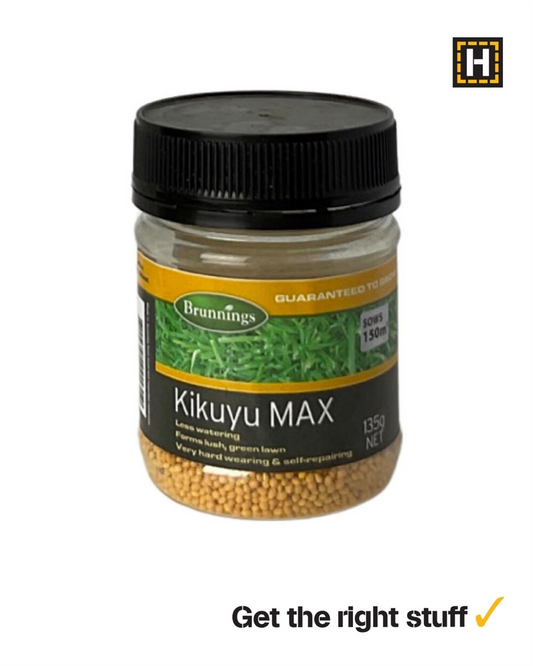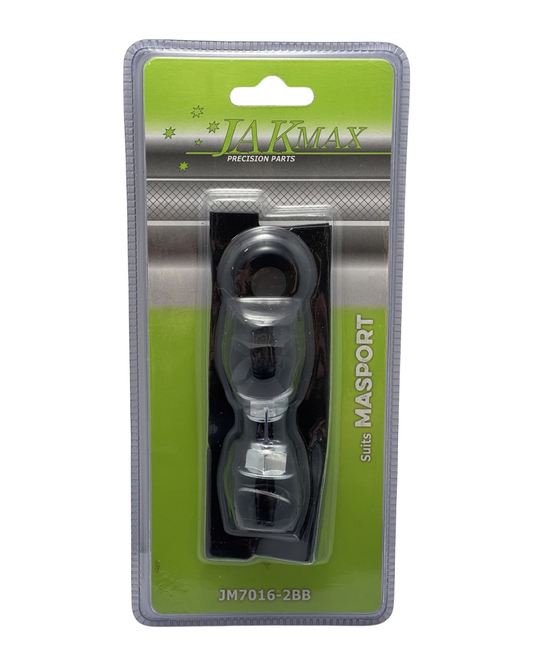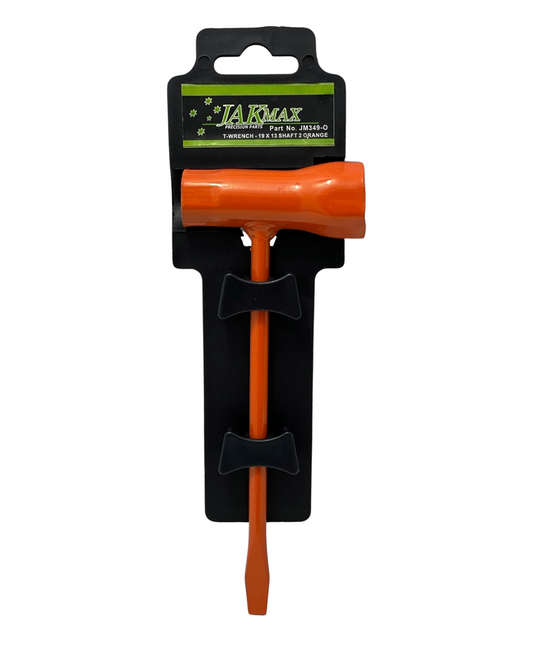David Attenborough loves them — and without them, your tomatoes may never reach their full size
Share
Why These Fuzzy Buzzers Might Be the Secret to Plumper Tomatoes
You might not notice them at first – rounder, furrier, and slower than their honeybee cousins – but bumblebees are quietly transforming gardens across South Australia. Especially your veggie patch.
Here’s the kicker: a single bumblebee can visit up to 1,200 flowers per day, and thanks to something called buzz pollination, it can do what honeybees can’t – unlock the full potential of tomato, capsicum, eggplant, and even zucchini flowers.
Old garden myth: ‘Any bee will do.’
New truth: Bumblebees make vegies better.
"The first year I noticed more bumblebees in the garden, our tomatoes were almost double the size." — Local grower, Jim A., Mount Barker
What’s Buzz Pollination (and Why Should You Care)?
Bumblebees have a special gardening move that honeybees simply don’t: they vibrate their flight muscles while grabbing onto flowers. This shakes the pollen loose from deep inside the flower where it hides — especially in plants like tomatoes and eggplants.
Think of it like shaking a salt shaker versus tapping the lid. One gets the job done faster and better.
The Bigger, Better Veggie Effect
In veggie patches where bumblebees are active, gardeners report:
- Plumper tomatoes with fewer deformities
- Increased capsicum yields
- Fewer dropped blossoms (those sad, yellowed flower leftovers are wasted veg)
And it’s not just anecdotal. According to a study from the University of Adelaide, bumblebee activity can increase fruit size by up to 30% in certain crops.
But Aren’t Bumblebees Rare in South Australia?
Yes – and no.
While commercial bumblebees aren’t legally allowed into mainland Australia (they’re currently only found in Tasmania), native buzzers such as the Blue-banded bee perform a similar pollination trick. And occasionally, bumblebee-style pollinating bees hitch a lift in potted plants or soil.
That’s why creating a pollinator-friendly garden matters now more than ever – to attract and support the next best thing: our native buzz heroes.
How to Invite More ‘Buzzers’ Into Your Backyard
Here’s your gentle to-do list:
- Plant native flowers like dianella, grevilleas, and native rosemary – they’re the preferred café for native bees
- Skip the chemicals – pesticides drive away the good guys while letting pests bounce back harder
- Leave a few wild patches – bare soil, hollow stems, and small logs make perfect bee hotels
- Grow variety – more plant types mean longer flowering periods, which keeps bees coming back year-round
And yes, that includes veggies. Tomatoes, chillies, cucumbers, and pumpkins all love a bit of buzz-action.
A Forgotten Aussie Secret
Long before backyard veggie patches were trending, First Nations Australians understood the power of pollinators — using bee trails to locate wild bush food and water sources. Today, we can reconnect with those rhythms by making space for pollinators in our own homes, one pot plant or patch at a time.
The Quick Swap That Changes Yields
Used to rely on chance? Flip that.
With just a few flowering plants and some thoughtful layout, your garden starts to hum with activity. Not only does it feel more alive, but your plants also grow stronger, faster, better. Fewer mystery failures. More juicy wins.
It’s not just nature doing her thing – it’s teamwork. You nurture them, they pollinate for you. Deal?
Bigger Tomatoes Don’t Happen in Quiet Gardens
Every time you hear that low, fuzzy buzz in your veggie patch, know this: it’s a good sign. Better than rain on the roof. It means your garden’s not just surviving — it’s thriving, with its own little workers helping quietly from dawn to dusk.
So next time you spot a bumbler bouncing between blooms, offer a smile. That’s your silent garden partner, working behind the scenes to bring your salad to life.
Happy buzzing,
Candeece
 Stay Connected
Stay Connected
Join our gardening community on Facebook: Urban Gardener's Notebook
And follow our Store Facebook Page: Strathalbyn H Hardware on Facebook









